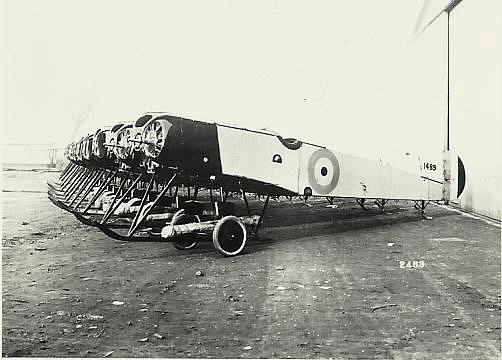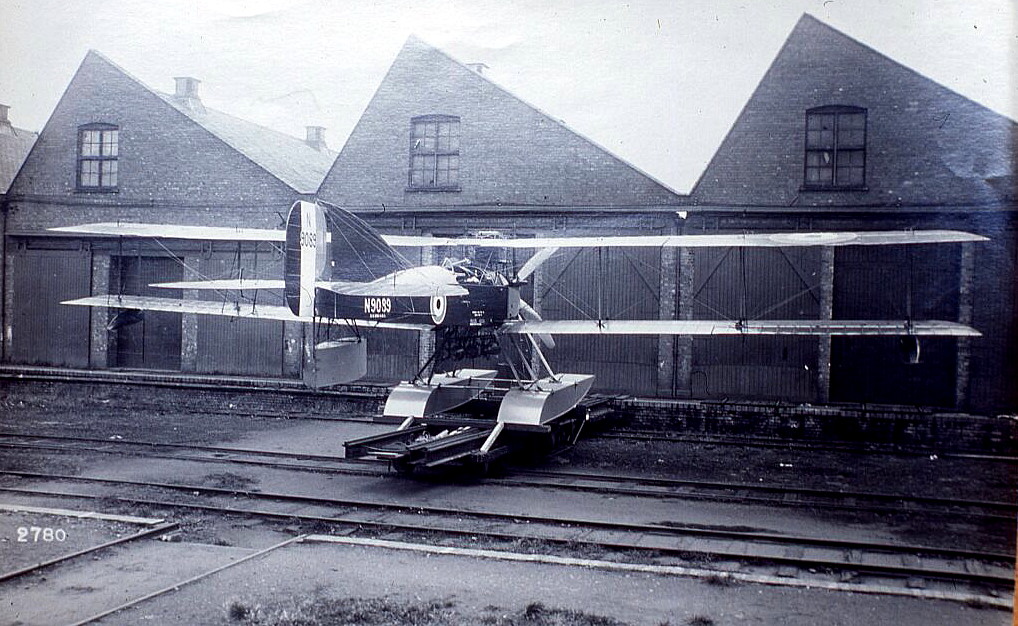Loughborough flying sites
Note: The map only locates Loughborough within the UK.
LOUGHBOROUGH: Temporary landing ground
Period of operation: 24th and 27th July 1912
NOTES: Flying demonstrations in a Blériot monoplane. Benjamin C Hucks perhaps?
LOUGHBOROUGH: Temporary aerodrome?
NOTES: Alan Cobham’s 1929 Municipal Aerodrome Campaign Tour visited Loughborough, (his 46th venue), as did his 1933 No.Tour displaying on the 1st August. Does anybody now know the exact location(s) used?
LOUGHBOROUGH: Civil airport project later company airfield in WW2
(Also known as LOUGHBOROUGH MEADOWS and BISHOP’S MEADOW)
Operated by: 1916 to c.1919. Brush Electrical Company
Loughborough College for their Department of Aeronautical Engineering with a 21 year lease starting in 1938?
WW2: Brush Electrical Company
Charter users: Post 1945: Olley Air Services
Gliding: WW2: ATC units 1942 to 1944 M42 Gliding School
Maintenance/overhaul: WW2: Airwork 1942 to 1945
Manufacturing: WW2: Brush Electrical Company
Location: NNW of Loughborough town centre
Period of operation: WW1 and later 1942 to 1961 (Possibly with use between WW1 and WW2)
Runway: 1942: 10/28 1005 grass/hard (621x36 hard at eastern end)
A PICTURE GALLERY
These great pictures are from Brush official photograph, Leicester Records Office - Tony Jarram collection.
Picture One: This Maurice Farman S.7 Longhorn, 3001, was the first aircraft produced by Brush Electrical in 1916.
Picture Two: The Farman S.7 Longhorn 8939. By this stage in the war, no doubt destined for initial pilot training duties.
Picture Three: A line up of eight Avro 504C fuselages.
Picture Four: The Avro 504K, F2242.
Pictures Five, Six and Seven. Three views of the Short 184, N9089.
Picture Eight: The production line of Handley Page Hampden bomber fuselages. Until the four-engine bomber types came along, The Short Stirling, Handley Page Halifax and Avro Lancaster, the Handley Page HP.52 Hampden, (first flight 21.06.36), and Bristol Blenheim bomber, (first flight 12.04.35), of which there was a fighter version, were, although obsolete, bearing the brunt of daylight bombing raids against Germany. Hopelessly under-defended they bore virtually no chance of surviving an attack by a fighter, such as the Messerschmidt Bf.109.
Although of the same era, the Vickers Wellington, (first flight 15.06.36), was far more capable and a different class of machine. Much better defended, and due to its geodetic fuselage construction able to much better absorb battle damage, it was larger and capable of longer range night flying missions. To some extent, but less capable was the Armstrong Whitworth A.W.38 Whitely, (first flight 17.03.36), which served quite well in other spheres of operations.
Picture Nine: The de Havilland DH89 Dominie production line. A military version of the Dragon Rapide regional airliner, which first flew in 1934, the Dominie was mostly used in training and communications duties.
Picture Ten: Hampden fuselage.
Picture Eleven: Avro Lancaster wing production. During WW2 aircraft production was widely outsourced to a great many engineering companies.
Picture Twelve: The last DH89 Dominie produced, TX319.
NOTES: Under construction when WW2 intervened, completed in 1940. Airwork were employed here in 1942 to overhaul Douglas Boston/Havoc aircraft for the RAF during WW2 and most of the airframes arrived by road in bits! On completion most if not all of the air tests were performed by Peter Clifford who carried out the first air test on 8th June 1943 and his last on 29th June 1945
1942 Brush started building DH89 Dominies at their Falcon works which were transported by road, (the fuselages being towed), for final assembly and flight testing here. The last aircraft departed in July 1946
LOUGHBOROUGH COLLEGE INVOLVEMENT
Also in 1942 Loughborough College obtained a contract to teach Fleet Air Arm aircraft engineers and a Grumman Martlet 1 was used as an instructional airframe. Other examples of instructional airframes used here by Loughborough College, (some previously based in the old Premier dance hall), were the Armstrong Whitworth Atlas, Blackburn Baffin, Blackburn HST.10, Blackburn Shark, Bristol Bullpup, Douglas Boston, Fairey S9/30, Fairey Long Range Monoplane, Gloster AS.31 Survey, Hawker Hart, Hurricane IV and Sea Hurricane, Supermarine Spitfire Vc and a Vickers Wellington XVI.
A Handley Page Halifax B.VI was promised but crashed on landing here. On their later site near the west side of Loughborough they have used a British Aerospace (SEPECAT) Jaguar GR.1, a British Aerospace EAP, Hawker Hunter F.4, Hunting Jet Provost T.1 and a Payne Knight Twister.
AIRPORT PLANS THWARTED
In 1947 attempts were made to re-establish the site as an airport but despite being awarded a Ministry of Aviation license in 1949 little happened, the most frequent visitors being Tiger Moths from Nottingham University Air Squadron.
LOUGHBOROUGH MEADOWS: Company aerodrome
Operated by: Brush Electrical Engineering Co Ltd
Location: Close to the Brush Falcon works between the River Soar and A.6 Derby Road about 1nm NW of Loughborough town centre
Period of operation: 1915 to 1919
NOTES: Flight testing of Brush built aircraft for the RFC and RNAS
LOUGHBOROUGH COLLEGE: Private airfield/aerodrome
Operated by: Loughborough College of Aeronautical Engineering
Location: Alongside the A6 Derby Road about 1 to 1.5nm NW of Loughborough town centre
Period of operation: Late 1940s/early 1950s only?
LOUGHBOROUGH: Private helipad
Operated by: Willowbrook International Ltd?
NOTES: As pointed out many times elsewhere private helipads are ten a dozen today, (and only a few are listed in this 'Guide'), but back in the mid 1970s they were still a rarity. Hence this inclusion where it seems the Agusta-Bell AB-206B JetRanger 2 G-BEHG was based. Does anybody now know where this helipad actually was?
Jeff paton
This comment was written on: 2017-12-28 14:01:13I was born in loughborough 1940 and remember the RAF airfield I was about three when we use to visit a Lancaster crash site, an overshoot I think it was.just about where the golf club is
Paul Gregg
This comment was written on: 2020-12-15 12:36:03Interesting . The above comment refers to a Lancaster crash. Many years ago I learned of a Havoc crash where the modified twin engined Douglas Havoc (Boston in some varieties) failed to 'unstick' from the short unpaved runway and demolished the parapet of a brick built bridge on the Derby Road. I have never seen photos but did record its serial which I'll have somewhere. Due to its limited size and poor surface, Derby Rd airfield would have posed a considerable challenge to anything but an exteremely lightly equipped and minimally fuelled Lancaster in anything but very dry ground conditions. Maybe a Lanc pilot had that experience. Certainly a Halifax had undercarriage damage and was written off on arrival as reported above. What a shame it didn't become a Technical College project!.
We'd love to hear from you, so please scroll down to leave a comment!
Leave a comment ...
Copyright (c) UK Airfield Guide



























